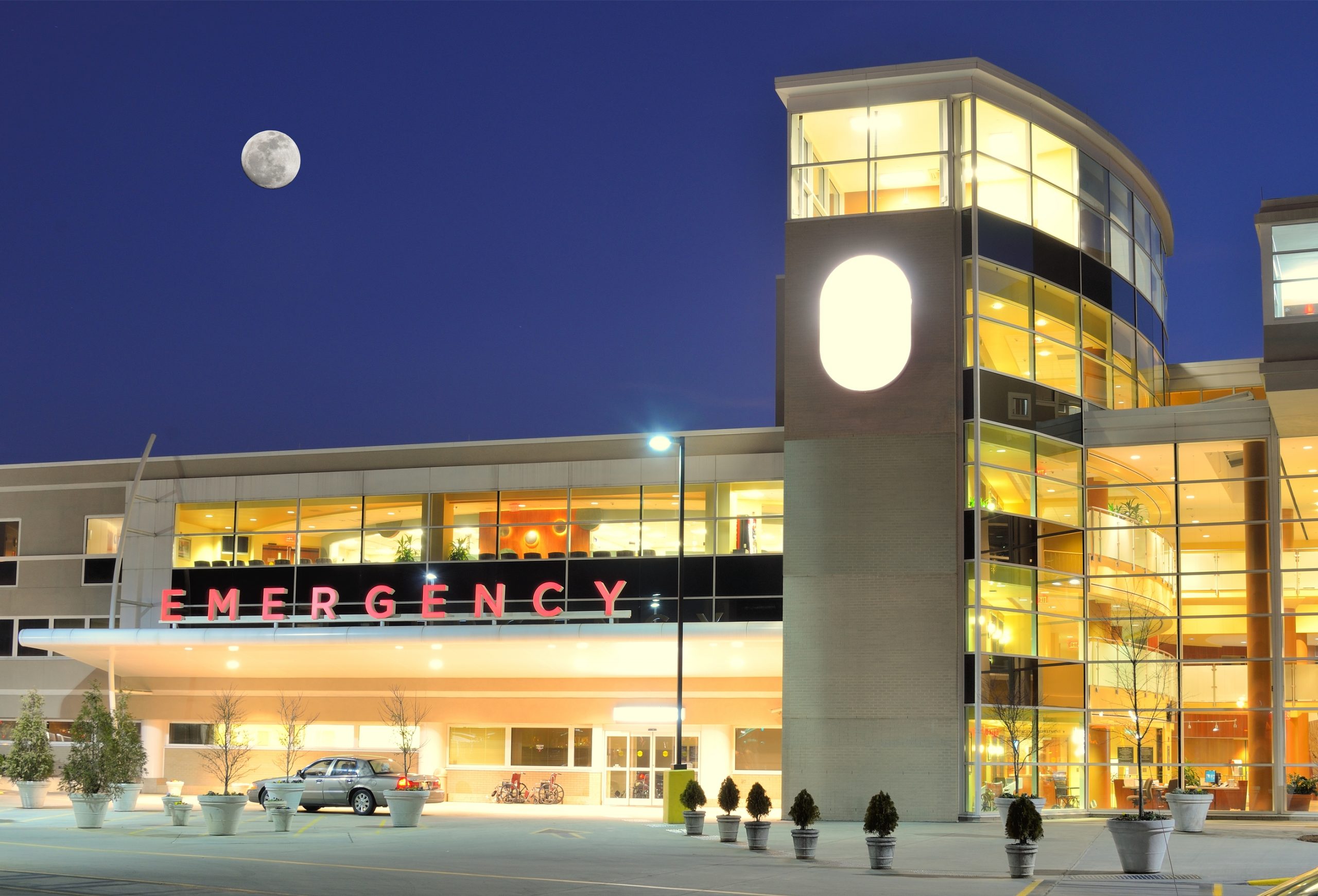
Free Consultation(203) 447-0000

Free Consultation(203) 447-0000

Medical malpractice in emergency rooms is a persistent concern, and it presents a major risk for patients who need emergency medical care. According to one university study, approximately 20 percent of all medical malpractice claims arising in the hospital setting originate in the emergency room. The study also found that the emergency room, “is the third riskiest area of the hospital following the operating room and the delivery suite.”
Why is medical malpractice in the emergency room so common? This study and others point to a number of different factors. One reason is that emergency room patients tend to have medical issues that are more severe than those of patients who have time to schedule appointments with their doctors, and this means that the consequences of malpractice are more pronounced. According to the study linked above, “more than half of legitimate claims [for emergency room negligence] involve serious disability or death.”
Another reason is simply the nature of emergency room care. In emergency situations, doctors must make quick, often split-second, decisions. They do not have time to conduct research or consult with specialists. When a patient presents with a serious or potentially life-threatening condition, an ER doctor must provide a diagnosis based on the information that is available and provide treatment under high-pressure circumstances.
A third reason is the volume of patients that seek treatment of illnesses and injuries in emergency rooms. In the context of this discussion, more patients mean more opportunities for mistakes. Not only does the volume of emergency room patients mean that doctors and nurses are often under pressure to diagnose and treat patients as quickly as possible. But all else being equal, more patients simply translates to more medical malpractice claims.
However, while these are all explanations for the high rate of medical malpractice in emergency rooms, they are not justifications for improper patient care. Just like all other doctors in Connecticut, emergency room doctors are held to a certain standard of care. Nurses, hospital administrators, and others owe legal duties to patients as well. And when a patient suffers due to a medical mistake or administrative error, the patient (or his or her family) deserves to be fairly compensated.
In the emergency room setting, medical malpractice can take many different forms. The risk of avoidable illnesses and complications begins when the patient comes through the door (though EMT and paramedic malpractice is a concern as well), and it can continue well past the end of the patient’s visit. For example, the following are all examples of potential emergency room medical malpractice claims:
In order for these (or other) mistakes to support claims for medical malpractice, it must be possible to prove that the mistake represents a failure to meet the requisite standard of care. In Connecticut, the standard of care for emergency room doctors is judged based on how other competent and qualified doctors would respond under similar circumstances. If an ER doctor makes a mistake that is justified under the circumstances presented, then the mistake does not amount to medical malpractice. On the other hand, if an ER doctor’s mistake represents a deviation from the generally-accepted standards for emergency room care, then the doctor can – and should – be held liable.
One key aspect of emergency room medical malpractice claims is that ER doctors’ decisions are compared to those of other ER doctors – not other physicians generally. In Connecticut, it is understood that ER doctors face unique circumstances and that it will not always be possible for ER doctors to provide treatment to the same standards as other doctors who operate under non-emergency circumstances.
However, while emergency room care may not be subject to the same standards as non-emergency care, there are still clear standards – and ER patients are still entitled to a reasonable expectation that they will receive the treatment they need. As a result, ER patients and families of ER patients who have questions about the quality of their (or their loved one’s) care should consult with an experienced malpractice attorney.
In cases involving emergency room medical malpractice, patients and their families will typically have claims against (i) the doctor who provided diagnostic or treatment services, (ii) the hospital, or (iii) both. As a practical matter, however, doctors and hospitals in Connecticut almost universally carry medical malpractice insurance. So most successful claims are resolved through the insurance settlement process.
Emergency room doctors are typically hospital employees. So, patients who have claims arising out of doctors’ mistakes will typically have claims against both the doctor and the hospital (which is “vicariously liable” for its employees’ negligence). In cases that do not involve doctors’ mistakes (e.g., triage errors or prescription mix-ups during discharge), the hospital can still be held liable for the negligent acts of its other employees. In many circumstances, hospitals can also be held directly liable for mistakes such as understaffing and hiring unqualified or untrained personnel.
For individuals who sought treatment in the emergency room and who now have concerns about their diagnosis, treatment, or prescriptions, there are some important steps to try to take right away. The same generally applies (except for seeking medical treatment) to families who have lost loved ones and who believe that emergency room negligence may be to blame. These steps include:
If you suspect that you or a loved one may have received negligent care in a Connecticut emergency room, we encourage you to contact us for a free initial consultation. To schedule an appointment with a malpractice attorney at Berkowitz Hanna, call us or inquire online today.
Berkowitz Hanna
